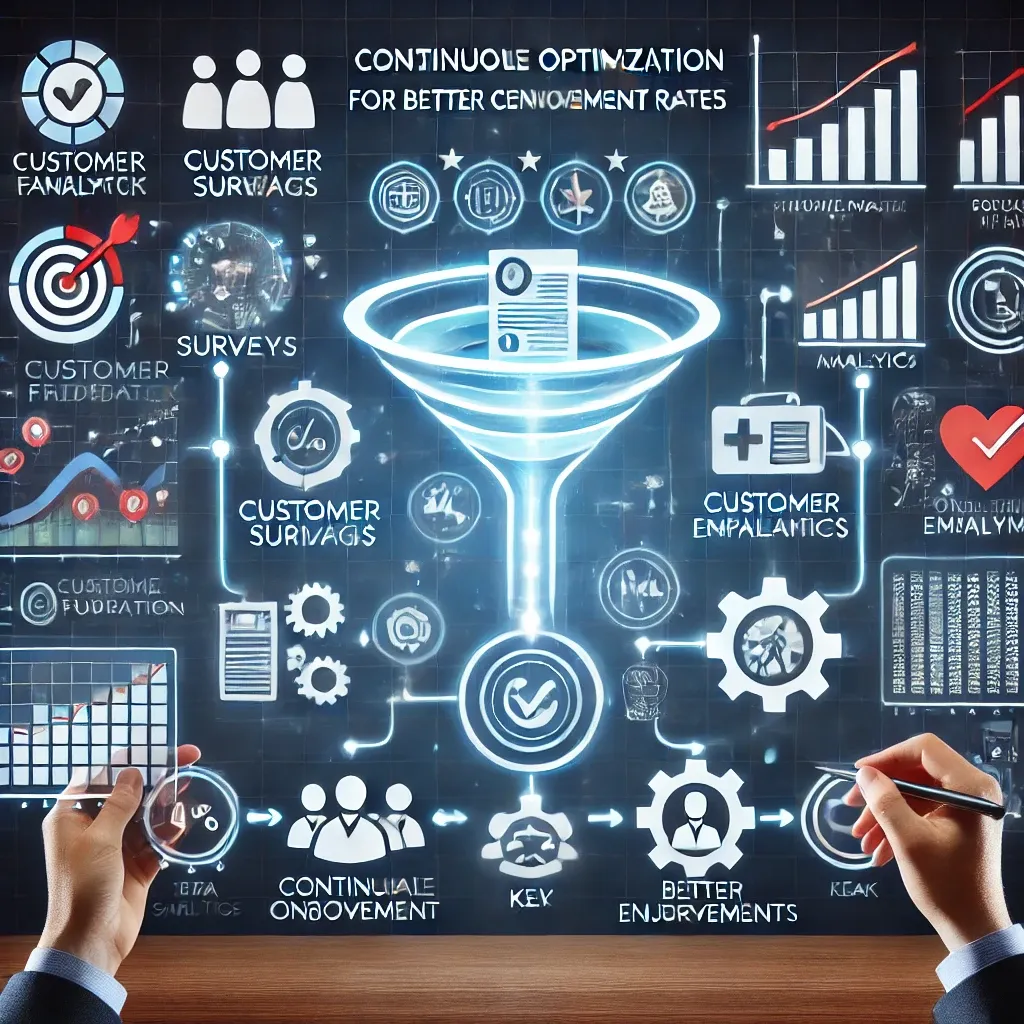
A well-designed sales funnel isn’t static—it evolves based on client feedback.
The onboarding experience is one of the most critical touchpoints in the customer journey, and bottlenecks can cost you conversions and long-term retention.
By continuously gathering and acting on customer feedback, businesses can refine onboarding processes, improve user experience, and increase completion rates—leading to stronger relationships and higher lifetime value.
Why Client Feedback is Critical for Onboarding Optimization
✅ Identifies Bottlenecks – Find and fix friction points that cause drop-offs.
✅ Increases Onboarding Completion Rates – A smoother experience reduces churn early on.
✅ Improves User Satisfaction – Customers feel heard and supported.
✅ Encourages Product Adoption – A better onboarding flow means faster activation and engagement.
✅ Demonstrates Commitment to Customer Success – Engaged clients are more likely to stay long-term.
Real-World Examples of Feedback-Driven Onboarding Improvements
📩 A subscription-based company implemented automated feedback surveys at key onboarding milestones. By analyzing responses, they identified high-friction steps and optimized their workflow—leading to a 15% increase in onboarding completion rates.
💻 A SaaS business hosted quarterly feedback sessions with new clients, using insights to refine their tutorials and onboarding emails. This reduced time-to-value for customers and boosted product adoption.
📊 A B2B service provider introduced a real-time feedback widget in their onboarding dashboard, allowing users to report confusion instantly. By addressing common concerns in real-time, they saw a 20% drop in early cancellations.
How to Apply These Principles in Your Business
- Automate Feedback Collection – Use surveys, in-app prompts, or email check-ins at key stages.
- Host Live Feedback Sessions – Engage directly with clients to gain deeper insights.
- Create a Continuous Improvement Loop – Regularly update onboarding based on collected feedback.
- Monitor Key Metrics – Track completion rates, drop-offs, and time-to-first-value.
- Personalize the Onboarding Experience – Tailor flows based on customer responses and pain points.
The best onboarding experiences aren’t built overnight—they’re refined over time. By making continuous feedback a core part of your process, you ensure higher engagement, stronger retention, and long-term customer success.
Looking to improve your onboarding flow?
Let’s explore ways to integrate real-time feedback for continuous optimization.
